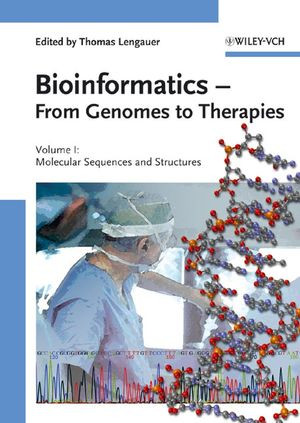

Most ebook files are in PDF format, so you can easily read them using various software such as Foxit Reader or directly on the Google Chrome browser.
Some ebook files are released by publishers in other formats such as .awz, .mobi, .epub, .fb2, etc. You may need to install specific software to read these formats on mobile/PC, such as Calibre.
Please read the tutorial at this link: https://ebookbell.com/faq
We offer FREE conversion to the popular formats you request; however, this may take some time. Therefore, right after payment, please email us, and we will try to provide the service as quickly as possible.
For some exceptional file formats or broken links (if any), please refrain from opening any disputes. Instead, email us first, and we will try to assist within a maximum of 6 hours.
EbookBell Team

0.0
0 reviewsReviews from the First Edition
"...provides a broad overview of the basic tools for sequence analysis ... For biologists approaching this subject for the first time, it will be a very useful handbook to keep on the shelf after the first reading, close to the computer."
-Nature Structural Biology
"...should be in the personal library of any biologist who uses the Internet for the analysis of DNA and protein sequence data."
-Science
"...a wonderful primer designed to navigate the novice through the intricacies of in scripto analysis ... The accomplished gene searcher will also find this book a useful addition to their library ... an excellent reference to the principles of bioinformatics."
-Trends in Biochemical Sciences
This new edition of the highly successful Bioinformatics: A Practical Guide to the Analysis of Genes and Proteins provides a sound foundation of basic concepts, with practical discussions and comparisons of both computational tools and databases relevant to biological research.
Equipping biologists with the modern tools necessary to solve practical problems in sequence data analysis, the Second Edition covers the broad spectrum of topics in bioinformatics, ranging from Internet concepts to predictive algorithms used on sequence, structure, and expression data. With chapters written by experts in the field, this up-to-date reference thoroughly covers vital concepts and is appropriate for both the novice and the experienced practitioner. Written in clear, simple language, the book is accessible to users without an advanced mathematical or computer science background.